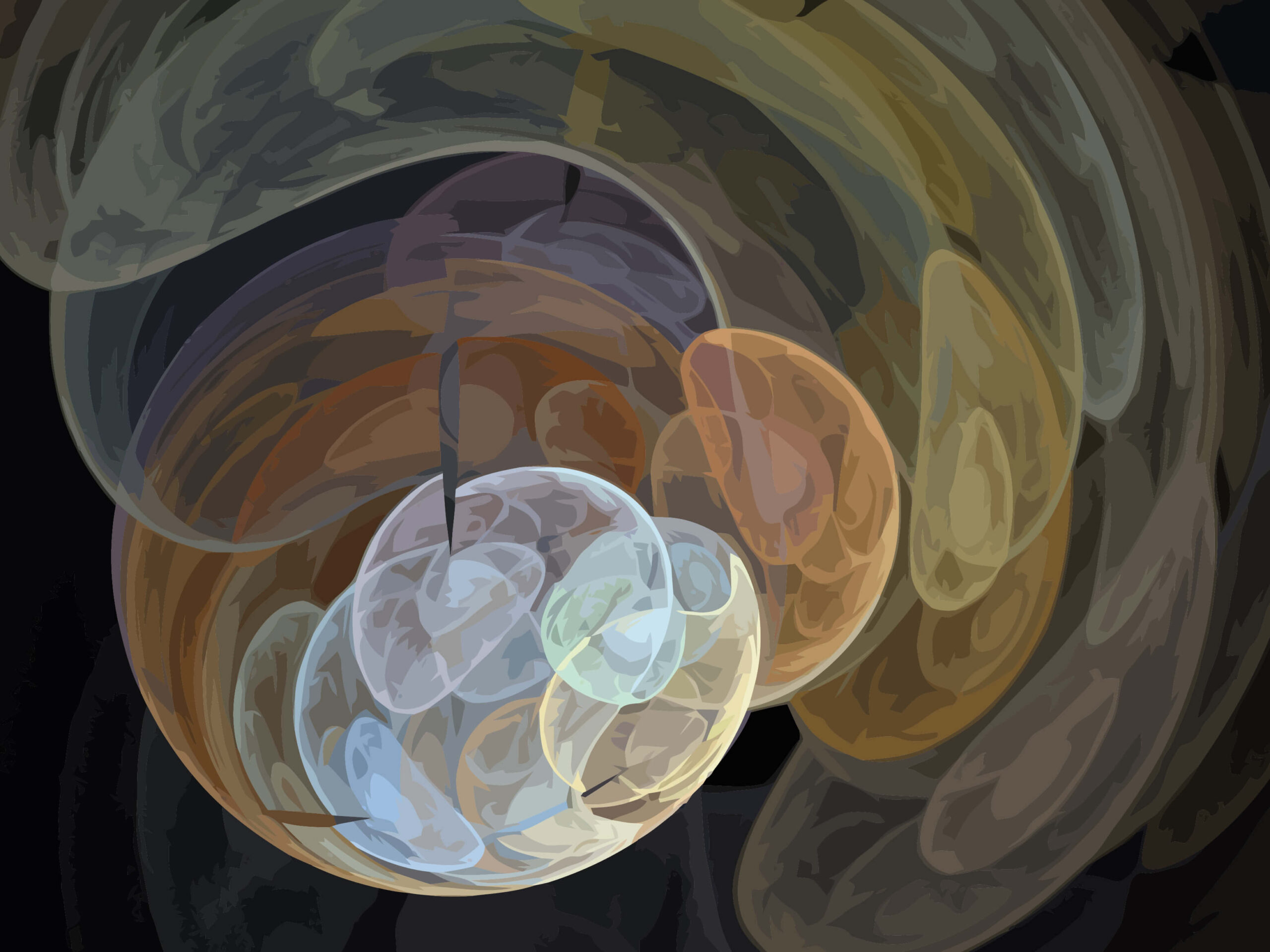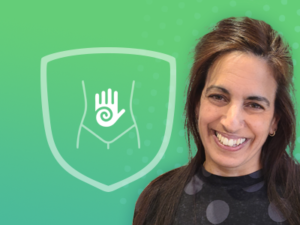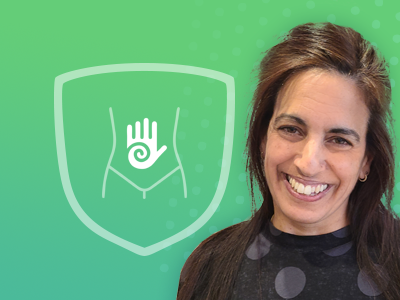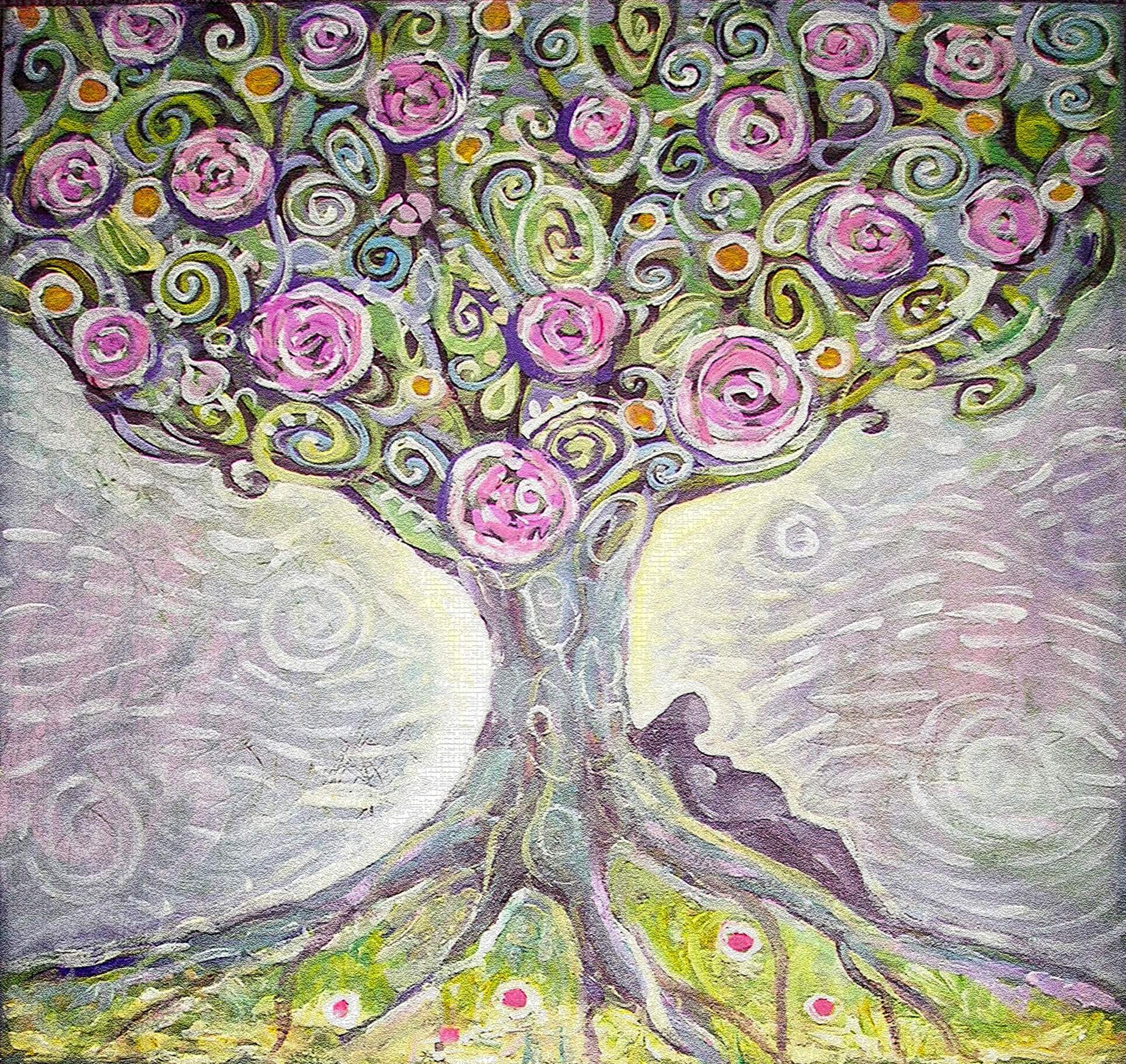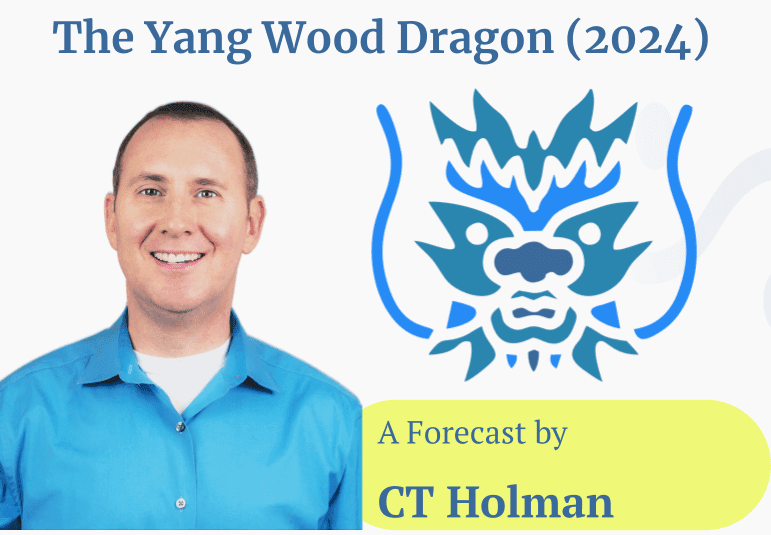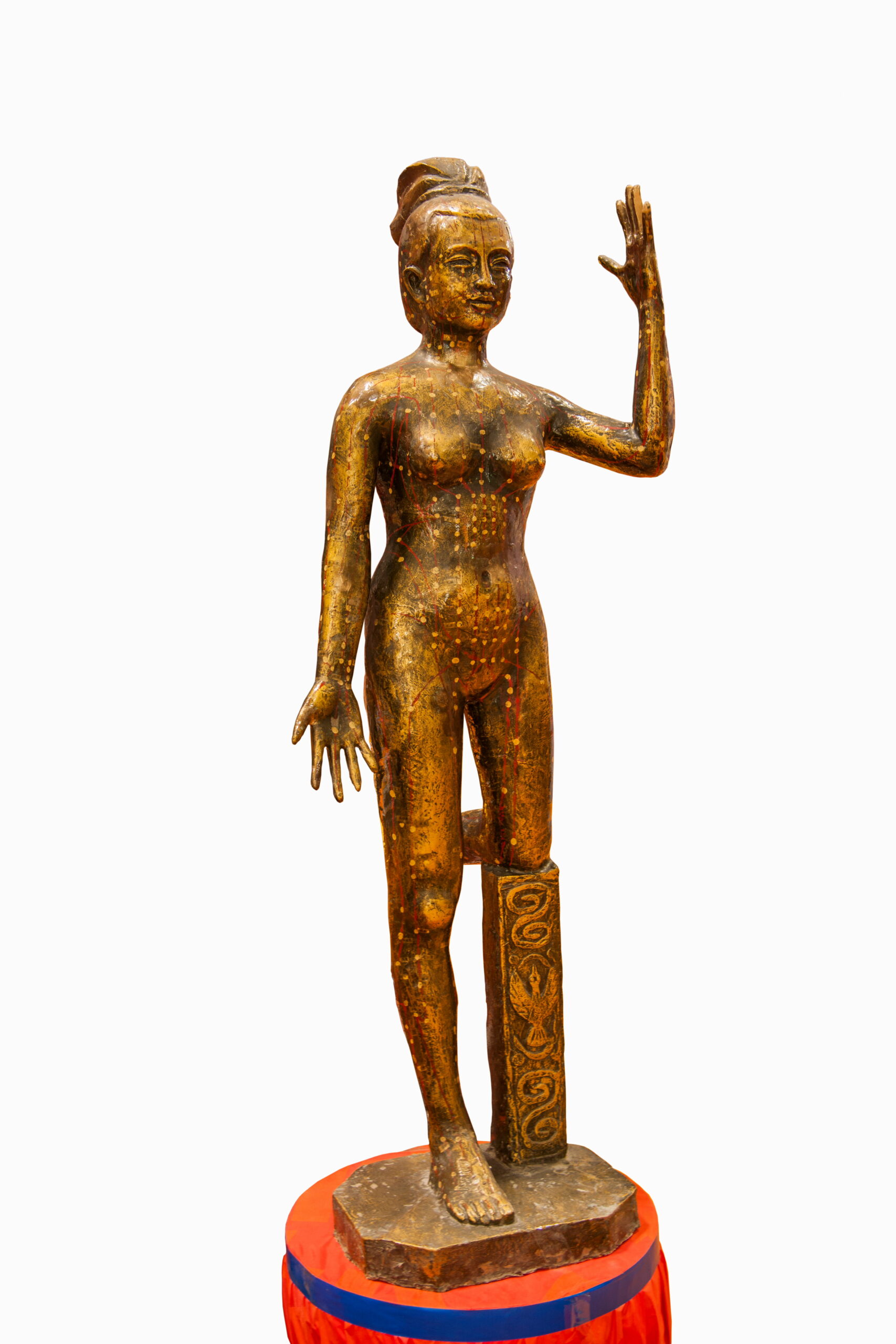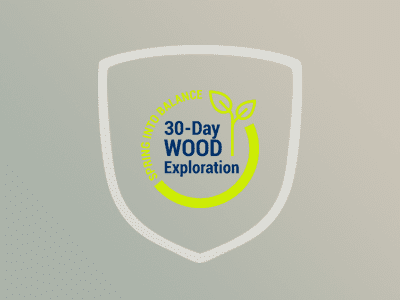Embodied Wisdom: Abdomen's Role in Our Core Being
The Way Our Core of Being Develops The Mystery of the Abdomenby Iris Abarbanel
Intro
I chose to share my thoughts and ideas about the abdomen as the core, the root of our being, from the biological and evolutionary point of view. Let’s see a number of interesting references to this.
Our constant need for motion expresses itself in an endless internal and external movement. That is part of a fundamental evolutionary needed as mammals. From the first moment of creation, the big spark, the encounter between the egg and the sperm, we see the organism developing and changing its structure at any given moment.
All this happens in endless and continuous movement, until the day we die. This is also the root power of our ability to produce change, in every given moment. Movement is life and without movement the development gets stuck.
The cells are constantly reorganized themselves and holism is preserved that way. It just changes shape through movement, and the gestures change from it. Memories belonging to the “Sensomotoric family” will be found in a subconscious layer (Implicit=) and therefore, by working on these indirect memories, we can even reach places where they are stored in preservable stages. We do so through the use of sensations and emotions. The signs and signals are collected along the way, by the ancient brain and the cerebellum. Through pre-verbal tools such as movement, balance and the sense of touch, we can work on those memories and behavior patterns that were influenced by them. As therapists, these are potential tools to support healing, change and movement.
The narrative, the story, the biography, in some cases is inaccessible for many kinds of responses. Working through biology alongside the biography will lead us to healing.
“Non-mobility without fear” and the visceral connection
Staying in the here and now, with the maximum comfort possible at that given moment, is the way a fetus is moving in an optimal environment in the womb.
We are trying to walk through life that way, with maximum curiosity in new experiences and ongoing life events.
It’s the ability to trust another and to trust the unknown. A physical feeling of trusting another, which creates intimacy and mutual security. This is what Dr. Stephen Forges’ wonderful Polyvagal theory is talking about.
The hormone oxytocin supports the ability to produce non-mobility without fear. I see this as the primary basis for both personal and collective recovery.
The visceral connection within that specific healing fabric is a deep and central part. It is a major part of our core of being. Now, I will elaborate on it and share more about the beginning and the root, through the eyes of the embryological development of that fascinating part in our development.
Complete from the Moment of Formation
Coherence and unity are an integral part of the first moment of formation. It is a necessity for the normal development of an organism. This is an important primary principle underlying the concept of holism! That important information has a big part in realizing that we are complete, from the moment of formation.
The unity is built from the connection between the polars that form the great one, and exist at the same time. Just like yin and yang, like morning and night and more. It is also one of the first things that is damaged in situations of stress and trauma and must be regulated, as much as possible, in the healing process.
And in the clinic?
One option is the use of various sensorimotor exercises and breathing exercises. Different exercises involving gravity. Practising the pelvic and abdominal region through movement and sensations will stimulate emotions, and by touching them the clients develop the ability to hold and regulate them autonomously, (= their nervous system will develop the capacity slowly and gradually) all according to the need and capacity of the individual process… And as I mentioned before, this allows you to work on prenatal subjects.
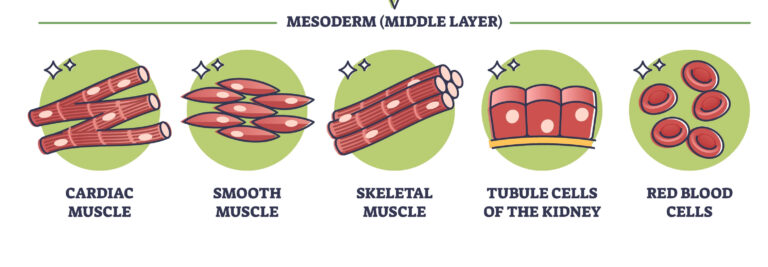
Let’s talk for a moment about how a structure is formed at the most primal level. An integral part of this formation are the cavities in the body. If the spaces are an integral part of the structure, in my opinion, they are like another organ that forms the whole. Therefore, the mesoderm and especially the mesentery, (on which I will elaborate), is very significant to us in development and recovery.
In embryological development, we will meet the three layers: endoderm, ectoderm, and the mesoderm in the centre. Enlightened my eyes, Professor Jaap Val Der War, regarding the mesoderm area. He chose to call it meso and not mesoderm. Why?
Because the mesoderm is actually a space, and a space between two layers. The derm, he says, has nothing to do with it because it’s not a layer, it’s spacious. Internal and delicate tissue that is discovered within the movement and process of the quality of division in the third week of formation.
This is a special space in the matrix that develops into an organism. This is where our core evolves! The core of our inner world. The core of the self. The kidney-heart axis, according to Chinese medicine, develops in the meso(derm) space, and it is only part of the magic..In this space, key systems such as blood and fascia develop. Part of it is a unique organ called mesenterium (or mesentery).
In this space all the systems that allow movement are developed, hence, life! Just like the chi allows movement, so the blood, the heart, the muscles and the fascia do.
The begging of the second brain and brain – gut connection
The first primitive line that becomes the spine and brain begins in the region of the ectoderm, and it moves to the inner middle line area, the meso, around the age of four weeks.
From the “surfing” movement of cells, the same does the primary primitive line, The neural tube faces both the sky and the earth, at both ends.This step occurs as part of the initial orientation within the uterus and its development progresses further. Important life support functions depend on the development of this primitive line that becomes the primary spine and brain. The effect continues to develop in childhood and adulthood.
It is important for us to know this as part of working on the senses and emotions in a body-focused work concept, in a bottom-up approach. In this therapeutic paradigm we seek to participate in what happens in the present,to listen to the body and its story without words.
In the process, we will explore the experience and the parts of the hidden brain, alongside the narrative that has developed. We will explore the somatic story, hence how the body communicates the story of that “hidden self” and the emotions.
In the prenatal and perinatal stages (= the process of childbirth and near the age of about 2 years) the memories are diffusely embedded according to the structure of our physiological development. The memories can appear emotionally or sensorily and can be hidden keys on the way to healing and change, even when they seem to be unrelated to the reasons for which the client came to the clinic.
The Connection of this Formation of the “Second Brain”
The sensual data collection, done through the nervous system. But it all begins with the existence of a common neural tissue, from which the sympathetic, parasympathetic and the enteric nervous system develops.
The common tissue is an interesting key within this layer and a direct connection to the subject of the “second brain”. Remember the “neural crests” cells. We will get
there soon!
The memories of an embryo stress sit in the cells of the small embryo and accompany it as it moves and develops. Sometimes we will meet them as an adult when he arrives
at the clinic under deep conflicts of subconscious sustainability. And as I mentioned earlier, the beauty is that through the memories in the cells, expressed subconsciously, through sensations and senses, we can support and work on it with different somatic tools.
The beginning of the “second brain” will be examined this time under the same embryological source from which it begins. The unique cells I mentioned before, the “neural crests”. They are found in the brain and in the intestines, beginning the initial bond between them in a common axis.
As usual, Greek medicine gives its mark and the name of these cells comes from there. Neural in Greek means brain tissue. These cells are migratory cells, “the surfers” as Dr. Daniel Keown calls them, from which the initial neural tube will be formed.
They are so smart and have many decisive functions and at the same time, they are completely different from anything we know. The way these cells work is a mystery.
How do they know where and when to go ? There’s no definitive answer to that yet. But they always do it at the right moment and to the most important place they need,
at the same timing.
These cells migrate to several places in the body and in a wide variety of functions. Some will call them the “fourth layer”.They form the cells that produce adrenaline in the kidneys i.e. the adrenal gland, they are related to the production of teeth, they produce the cartilage in our body, they produce the parathyroid glands, they produce
the cells that support the production of the brain, the nervous system and more.
Being “surfers” and wanderers, they act in this way: They begin their life and movement in the layer of the ectoderm, but while creating the neural tube they encounter the midline, meaning they are moving to the mesoderm and from there, migrating onwards. From the meso, they move on to the next role in the journey. It’s a unique embryological characterization.I completely connect with the question that Dr. Keown raises here because of this movement to the meso: Is it actually possible to say that the sympathetic system emerges from the mesoderm?
And so, thanks to them, the “second brain” in the enteric nervous system (ENS) begins to form! As mentioned above, this unique neural ridge was created as part of the process of forming the neural canal (= neural tube in the third week of embryonic formation) the same neural ridge, and it has the same tissue that also sits in the brain!
Note to ourselves
- we can totally see that in our bodies the inner knowledge from the abdomen and the heart, is not a metaphor only, but really part of the creation in the cells themselves, from the early stages of our lives!
- Constant communication between the second brain and the ancient brain (= brain stem) is a pathway that I recommend considering in our work, in any therapeutic tool in which we work. These two systems share the same source, so this explains how they share the same neurotransmitters, proteins etc. and affect each other.
- This tissue is critical and can also affect many situations later in life, such as the quality of serotonin formation in the intestine because, as is now known, about eighty percent of it is formed in the intestine! I will emphasize that the immune system and its development are also related to this tissue, and hence the additional affected branches are enormous.
The Mesentery and its Wonders…
As I mentioned earlier, within the meso-dram space, all kinds of connective tissues develop. For example, the blood is actually a type of liquid connective tissue (but
that’s for another article…). I chose this time to share some information about a unique organ: The mesentery.
Leonardo da Vinci painted the mesenteric about 500 centuries ago, but it was only declared an organ in 2016! Since the announcement, it has been studied as an organ in its own right and as a direct source of diseases that were once considered intestinal diseases, such as Crohn’s.
It is a double layer of peritoneal membrane – the membrane that wraps around the abdominal organs from the outside, on the inside is connected to the intestines. On the outside, it is connected to the abdominal wall. The back connection to the abdominal wall is right in front of the spine.
The mesentery is the root of the abdomen!
Unique connective tissue, due to its very significant location. It’s in the core of the body, for all that implies. It allows communication between the abdominal wall and the internal abdominal organs, and this has significance at both the physiological and neuropathic levels.
From everything I’ve written so far and more, I feel that the heart of the core, emotionally, behaviourally and physically, is the mesentery. Of Cures, all parts of our body take place in this dance called life, but this part is like a precious stone that was discovered just now and a lot of the missing parts of the puzzle are starting to evolve thanks to it.
The new information gives us more tools to work with our clients in their healing progress journey.
In our upcoming webinar, I will elaborate more about the mesentery and give some examples of how we can work on it with a few Anpuku techniques!
But to leave you with something right now here are some practices to experiment with:
- Breathing and in particular long exhalation contributes to the mesentery massage and harmonious movement of the nervous system in the area. Making a low sound activates vibrations directly to the dorsal part of the Vagus, the part that forms from the diaphragm and downwards, and can actually revive and move from a state of stagnation.
- **Roto movement **or **Shin Shi** are Anpuku techniques, which produce ventilation and opening between the layers of fascia in the abdominal region. It contributes to the quality of the sliding and smoothing, which is a necessary feature for the preservation and transition of materials in the body.
- Direct bodywork on the body’s diaphragms system (the transverse connective tissues including: the respiratory diaphragm, the pelvic floor, the dora membrane in the brain and more) in various tools of contact and movement for the sake of preserving its vitality.
In Conclusion
This article is a glimpse into a research journey I have been in for a while now. These insights and the connection to the core of touch therapy in my clinic, especially the wonderful Japanese Anpuku, gives me a primal observation on the quality of different techniques and their impact in the healing processes.
Whether in combination with somatic tools such as somatic experiencing® or not, the power of the will to go back to wholeness will lead the body to reach out in any kind of voice that he can, and the unspoken one, will be the strongest if we just learn how to listen to the body and his unique language.
If you are curious for more and like this integrated way of observing ourselves, I invite you to join me in the coming up webinar that will elaborate more about the mystery of our core, the abdomen.
Your New Tool in Trauma Therapy: Anpuku, Japanese Abdominal Bodywork
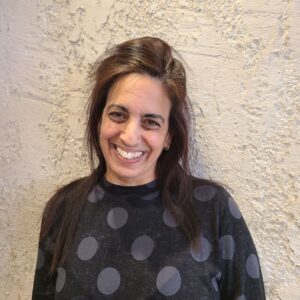
Iris Abarbanel
AOBTA®- RI ,Senior therapist and teacher in Anpuku, Anma-Shiatsu, Bach Flowers and a SEP®. (= somatic experiencing practitioner). In 2020 Iris published a book in Hebrew named “Touching the Hara” based on the original Japanese texts of the Anpuku Zukai translated to Hebrew.
Courses by Iris Abarbanel







